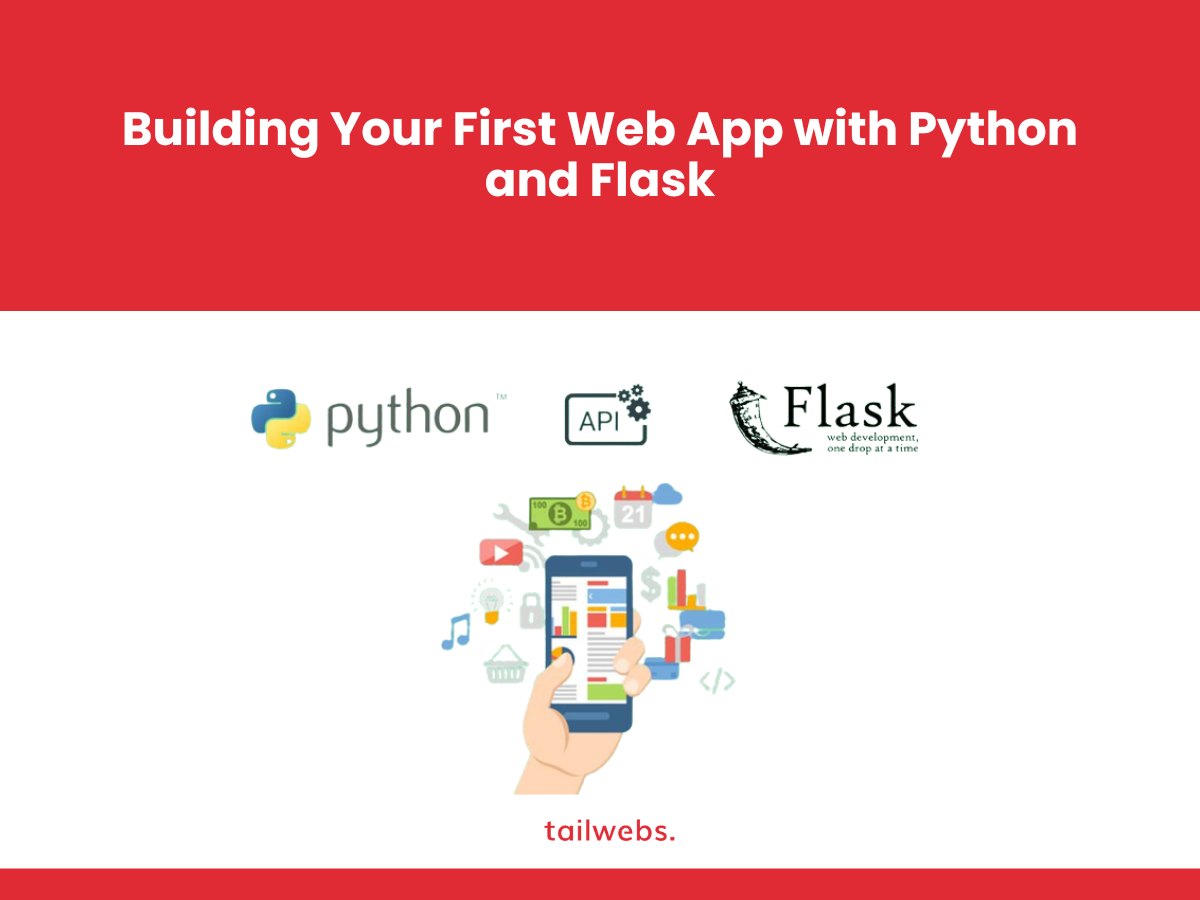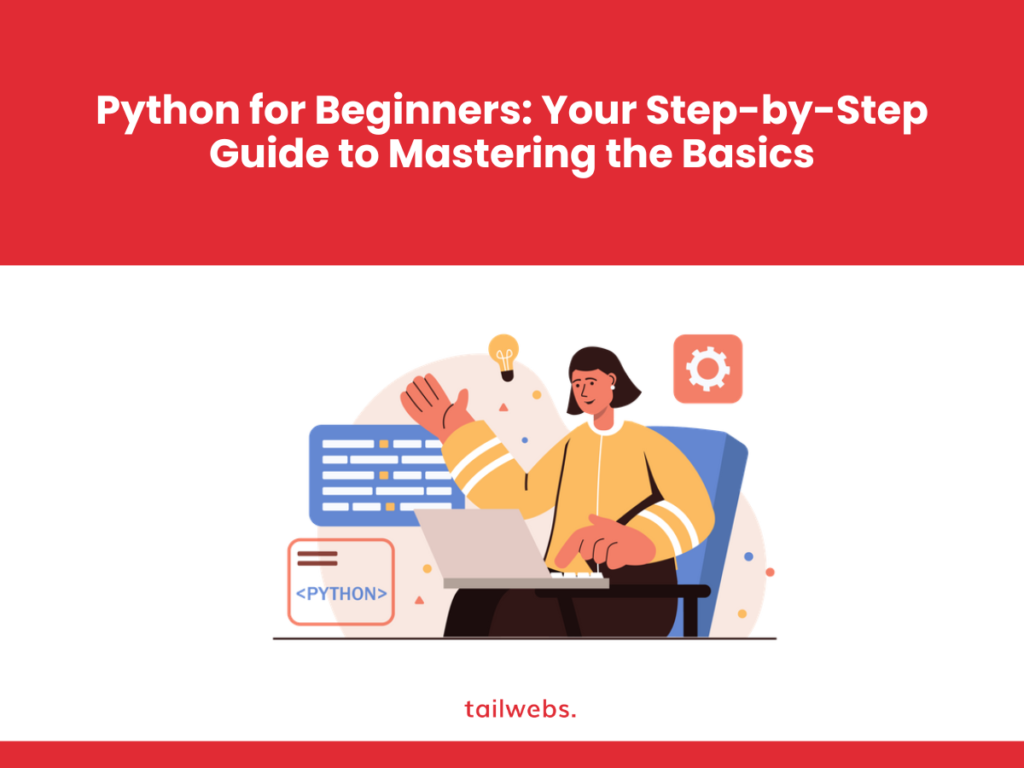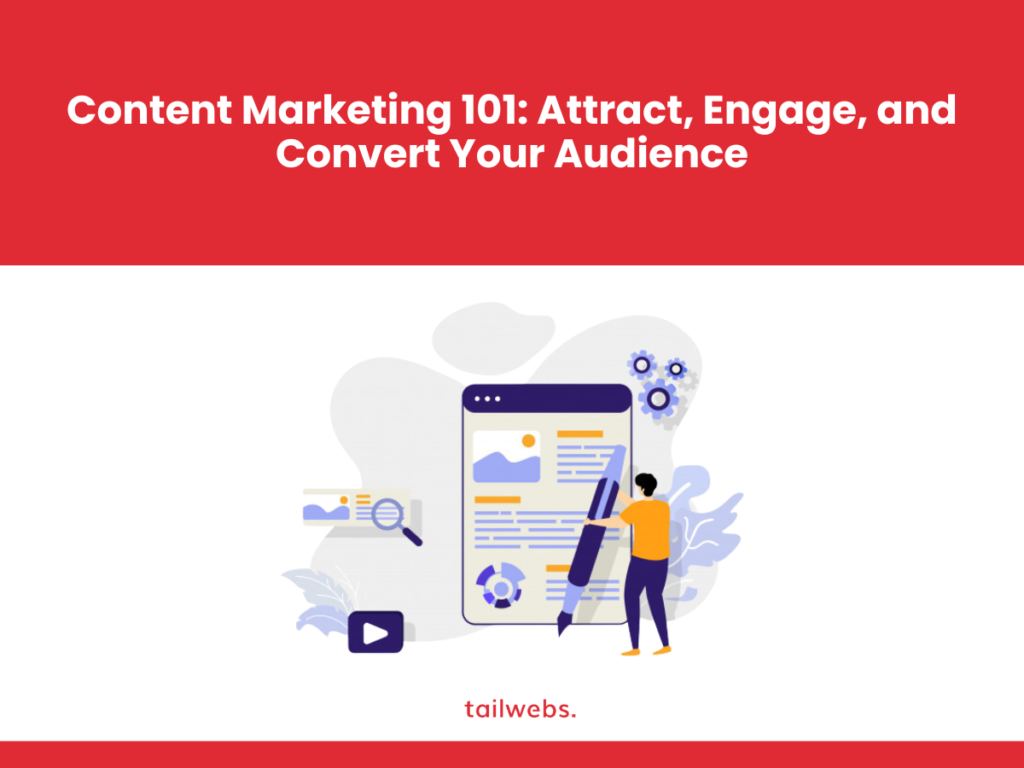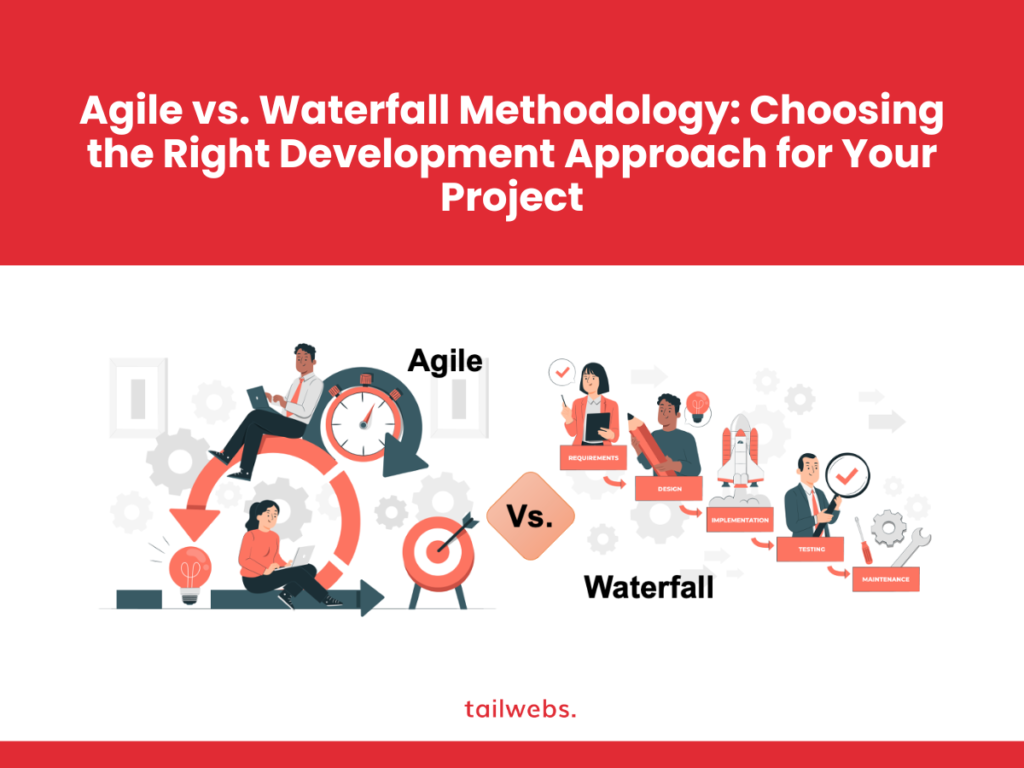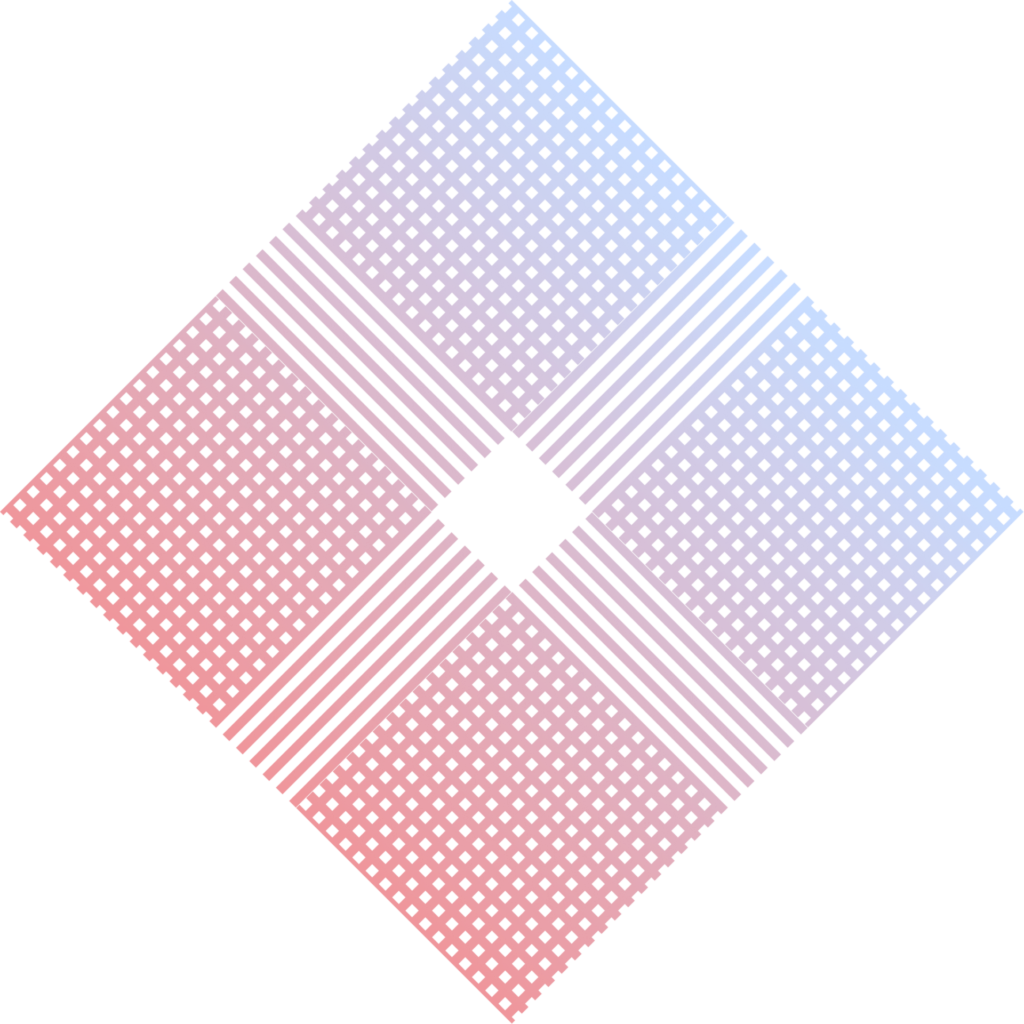Step-by-Step Guide to Unleashing Your Inner Developer
Have you ever dreamt of creating your own website or web application but felt intimidated by complex coding languages? Look no further! This blog post unveils the exciting world of web development using Python and Flask, a potent combination perfect for beginners. Buckle up, budding developer, as we embark on a step-by-step journey that culminates in your very own web app, built from scratch!
Unveiling the Orchestra of Creation: Why Python and Flask?
Imagine the web development landscape as a vast orchestra, where different languages and frameworks act as instruments contributing to the final symphony of websites and applications. Python, known for its readability and beginner-friendliness, serves as a versatile language, while Flask acts as a lightweight framework, offering the essential tools to compose your web app without overwhelming complexity. Here’s why this duo is ideal for first-timers:
- Python’s Easy Syntax: With its English-like structure, Python requires less memorization and feels more intuitive compared to other languages.
- Flask’s Minimalism: Unlike heavier frameworks, Flask keeps things simple, allowing you to focus on core web development concepts without getting bogged down in extraneous features.
- Rich Learning Resources: Countless tutorials, communities, and libraries exist specifically for Python and Flask, ensuring you’re never alone on your learning journey.
- Rapid Prototyping: Flask’s flexibility empowers you to quickly build and test basic functionalities, iterating on your ideas efficiently.

Stats Highlighting the Power of Python and Flask:
- Python ranks as the 2nd most popular programming language globally, boasting a vibrant community and extensive resources. (Stack Overflow Developer Survey, 2023)
- Flask powers over 500,000 websites and applications, demonstrating its suitability for building various web projects. (BuiltWith, 2023)
- Learning Python and Flask can significantly enhance your career prospects, with web development skills being highly sought-after in today’s digital world. (Burning Glass Technologies, 2023)
Harmonious Development: Your First Web App Awaits
Ready to put theory into practice? Let’s break down the key steps involved in building your first web app with Python and Flask:
1. Setting Up Your Development Environment:
- Install Python (https://www.python.org/).
- Use a code editor like Visual Studio Code or PyCharm.
- Install Flask using pip:
pip install Flask.
2. Creating Your First Flask App:
- Start a new Python project and create a file named
app.py. - Import Flask and define a simple route using the
@app.route()decorator. - Write a function that returns HTML content for your route.
- Run your app using
python app.pyand access it in your web browser at http://localhost:5000/.
3. Adding Dynamic Content and User Interaction:
- Leverage Jinja2 templating engine to display dynamic data within your HTML.
- Use forms to gather user input and process it within your Flask app.
- Connect to databases to store and retrieve information, expanding your app’s functionality.
4. Exploring Additional Features:
- Implement user authentication and authorization for secure access control.
- Integrate APIs to enhance your app’s capabilities with external services.
- Deploy your app to a web hosting platform to make it accessible to the world.
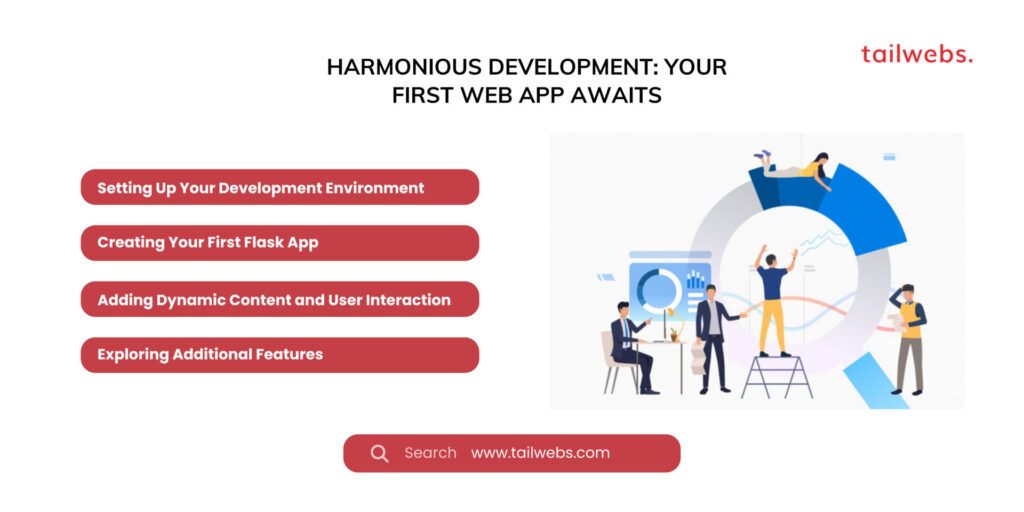
Recommended Resources and Tools:
- Flask Documentation: https://flask.palletsprojects.com/en/2.2.x/
- Flask Tutorial: [[invalid URL removed]]([invalid URL removed])
- Jinja2 Documentation: [[invalid URL removed]]([invalid URL removed])
- Python for Everybody Specialization: https://www.coursera.org/specializations/python
- FreeCodeCamp: [[invalid URL removed]]([invalid URL removed])
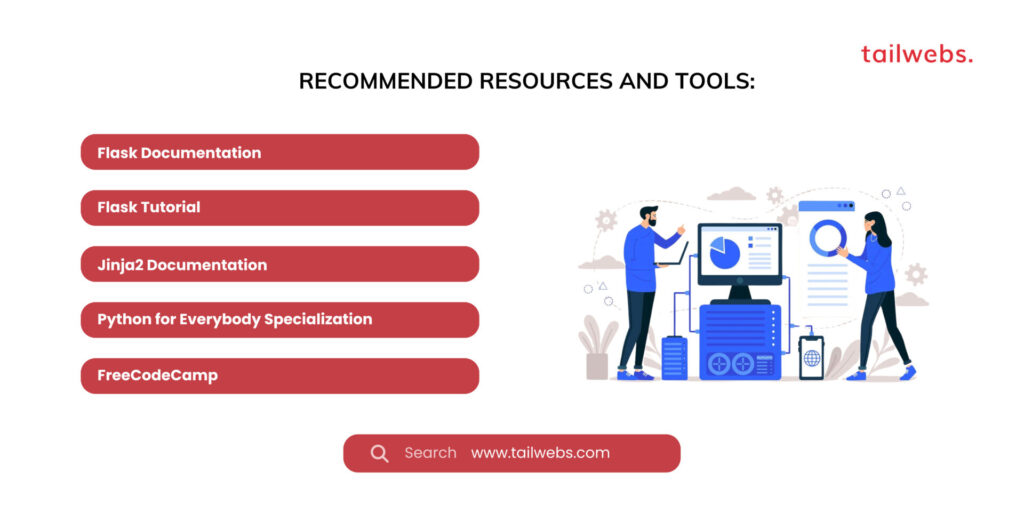
Building a Symphony of Skills: Beyond Your First App
Remember, your first web app is just the beginning of your development journey. Keep exploring and learning:
- Experiment with different functionalities: Build different types of web apps, from to-do lists to e-commerce platforms.
- Contribute to open-source projects: Collaborate with other developers and gain valuable experience.
- Stay updated with the latest trends: Learn about new libraries, frameworks, and technologies in the web development world.
- Connect with the community: Join online forums and attend meetups to learn from others and share your knowledge.
Conclusion: Conduct Your Own Web Development Symphony
Building your first web app with Python and Flask is an exciting accomplishment, but remember, it’s just the first movement in your development symphony. As you refine your skills and tackle more complex projects, consider the broader impact:
- Promote accessibility and inclusivity: Make your web apps usable for everyone, regardless of abilities or disabilities.
- Contribute to open-source initiatives and ethical technology development: Use your skills for good and ensure technology benefits society responsibly.
- Mentor and support other aspiring developers: Foster a welcoming and collaborative community around web development.
- Use your creativity to solve real-world problems: Leverage web apps to address social, environmental, or economic challenges.
Ultimately, the future of web development belongs to those who embrace continuous learning, collaboration, and ethical practices. By adopting this mindset, you can transform from a solo developer to a skilled conductor, composing a harmonious melody of innovation and shaping the digital landscape for a better tomorrow.

